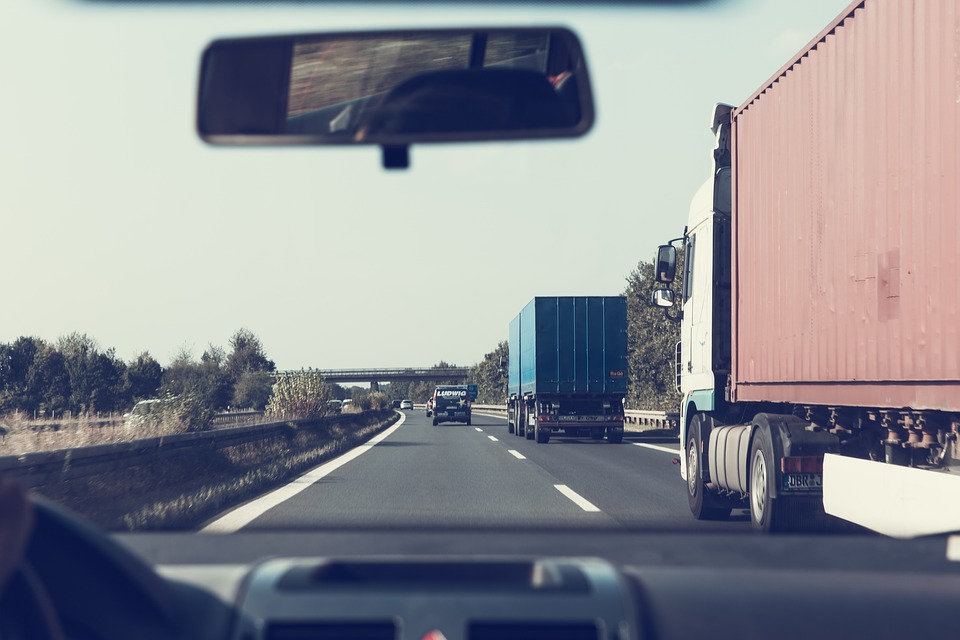In news
Smart Enforcement App for Trucks to reduce compliance Logistics costs.
Details
- An IT application that would fetch data related to goods being carried on the truck from the existing Goods and Services Tax Network (GSTN) database, and the information related to the vehicle from the VAHAN database.
- The Smart Enforcement App will have wide ranging economic benefits for the state and help in reduction of logistics costs.
- An effective enforcement will be critical in preventing not just revenue loss but also accidents and loss of human lives making Indian roads safer for trade and commuters.
The key features of the integrated smart solution
- An IT application that would fetch data related to goods being carried on the truck from the existing Goods and Services Tax Network (GSTN) database, and the information related to the vehicle from the VAHAN database
- Make this data available to enforcement officers on the road in advance for approaching trucks
- Based on a risk matrix that uses historical patterns, the app assigns a risk profile to the truck helping the officers decide whether to stop it for further scrutiny
- It requires the officer to issue all fines, penalties, or any other punitive measure through the app, ensuring transparency
- The app includes features that keep records and help reduce ad-hoc implementation of these rules and regulations
- The application would have the ability to integrate with all the sensors, Weigh in Motion, and cameras available with the state government or National Highway Authority to allow remote enforcement.
- This would significantly reduce the need to deploy officers on the ground since the app would be able to alert officers whenever a vehicle is in violation.
The benefits that would accrue from the adoption of the App
- Lead to decrease in number of physical checks of commercial vehicles by the enforcement officers
- Overall reduction in the number of cash challan by issuing e-challan using the system
- Reduction in deployment of work-force on Roads leading to better manpower utilization
- Higher revenue collection due to reduced human intervention
- Improved targeting of offenders
- Reduction in Logistics Cost (currently at 13% of GDP).
Source: PIB





